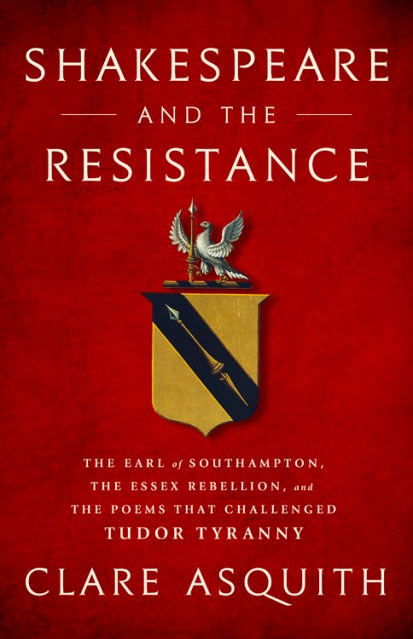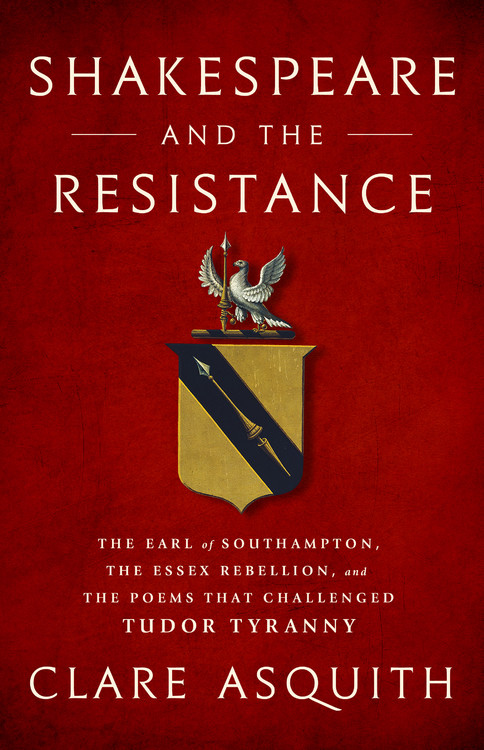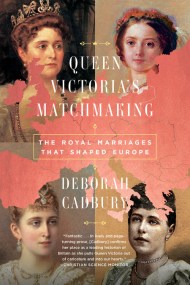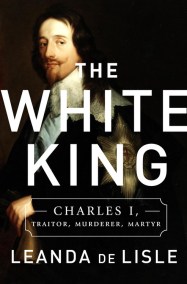Promotion
Use code MOM24 for 20% off site wide + free shipping over $45
Shakespeare and the Resistance
The Earl of Southampton, the Essex Rebellion, and the Poems that Challenged Tudor Tyranny
Contributors
Formats and Prices
Price
$28.00Price
$36.50 CADFormat
Format:
- Hardcover $28.00 $36.50 CAD
- ebook $18.99 $24.99 CAD
- Audiobook Download (Unabridged)
This item is a preorder. Your payment method will be charged immediately, and the product is expected to ship on or around August 21, 2018. This date is subject to change due to shipping delays beyond our control.
Also available from:
The 1590s were bleak years for England. The queen was old, the succession unclear, and the treasury empty after decades of war. Amid the rising tension, William Shakespeare published a pair of poems dedicated to the young Earl of Southampton: Venus and Adonis in 1593 and The Rape of Lucrece a year later.
Although wildly popular during Shakespeare’s lifetime, to modern readers both works are almost impenetrable. But in her enthralling new book, the Shakespearean scholar Clare Asquith reveals their hidden contents: two politically charged allegories of Tudor tyranny that justified-and even urged-direct action against an unpopular regime. The poems were Shakespeare’s bestselling works in his lifetime, evidence that they spoke clearly to England’s wounded populace and disaffected nobility, and especially to their champion, the Earl of Essex.
Shakespeare and the Resistance unearths Shakespeare’s own analysis of a political and religious crisis which would shortly erupt in armed rebellion on the streets of London. Using the latest historical research, it resurrects the story of a bold bid for freedom of conscience and an end to corruption that was erased from history by the men who suppressed it. This compelling reading situates Shakespeare at the heart of the resistance movement.
Genre:
- On Sale
- Aug 21, 2018
- Page Count
- 288 pages
- Publisher
- PublicAffairs
- ISBN-13
- 9781568588124
Newsletter Signup
By clicking ‘Sign Up,’ I acknowledge that I have read and agree to Hachette Book Group’s Privacy Policy and Terms of Use







